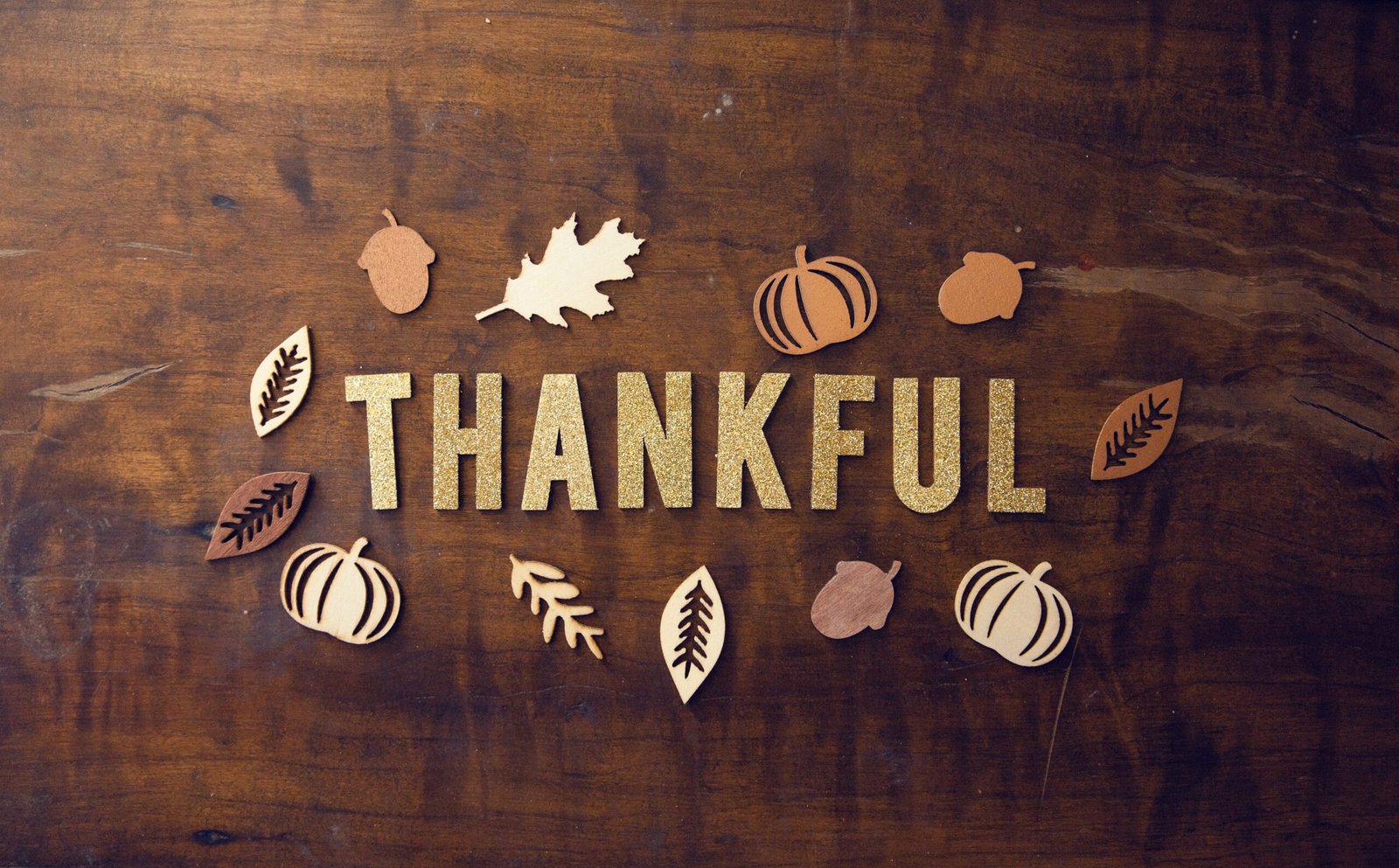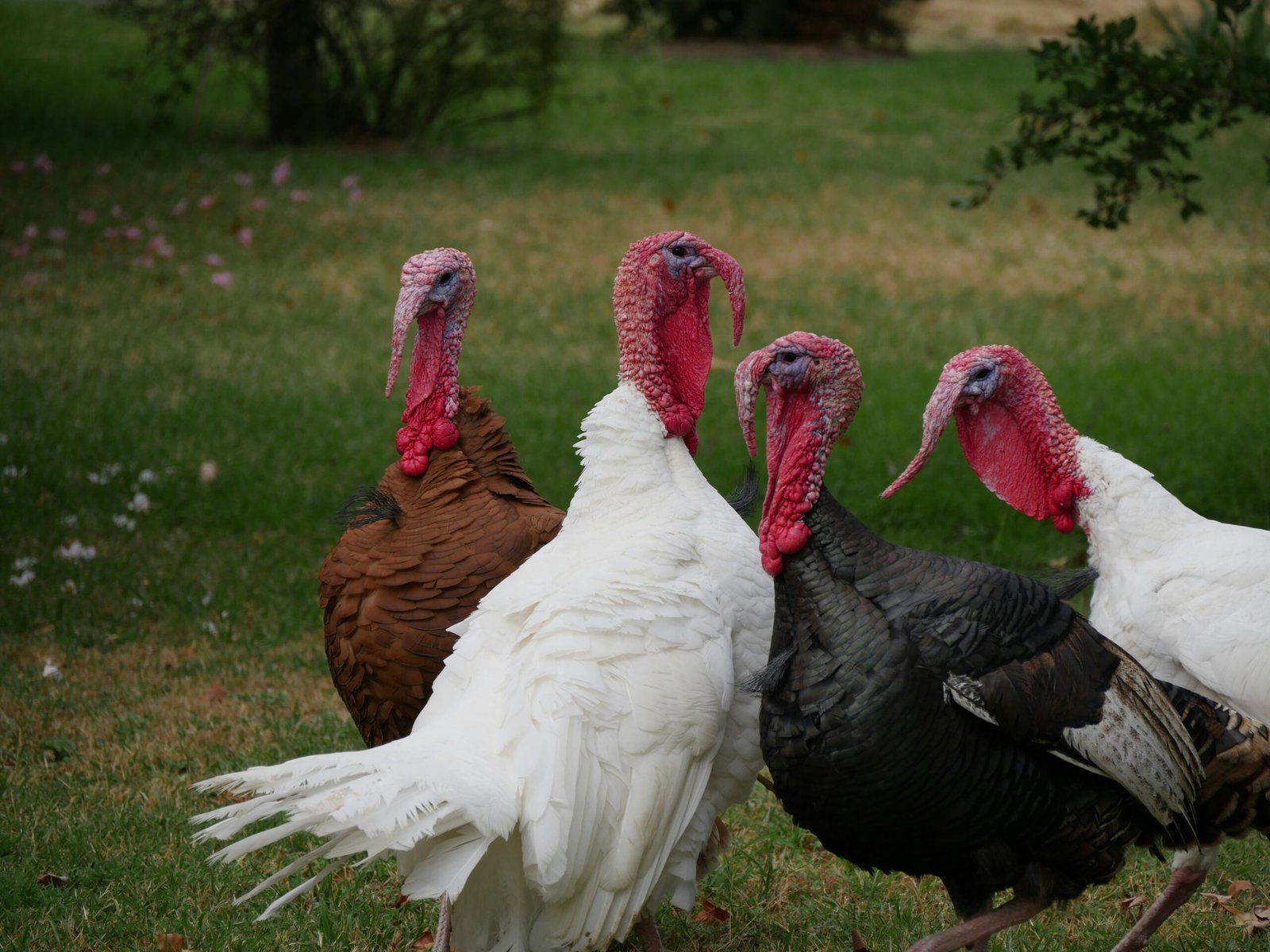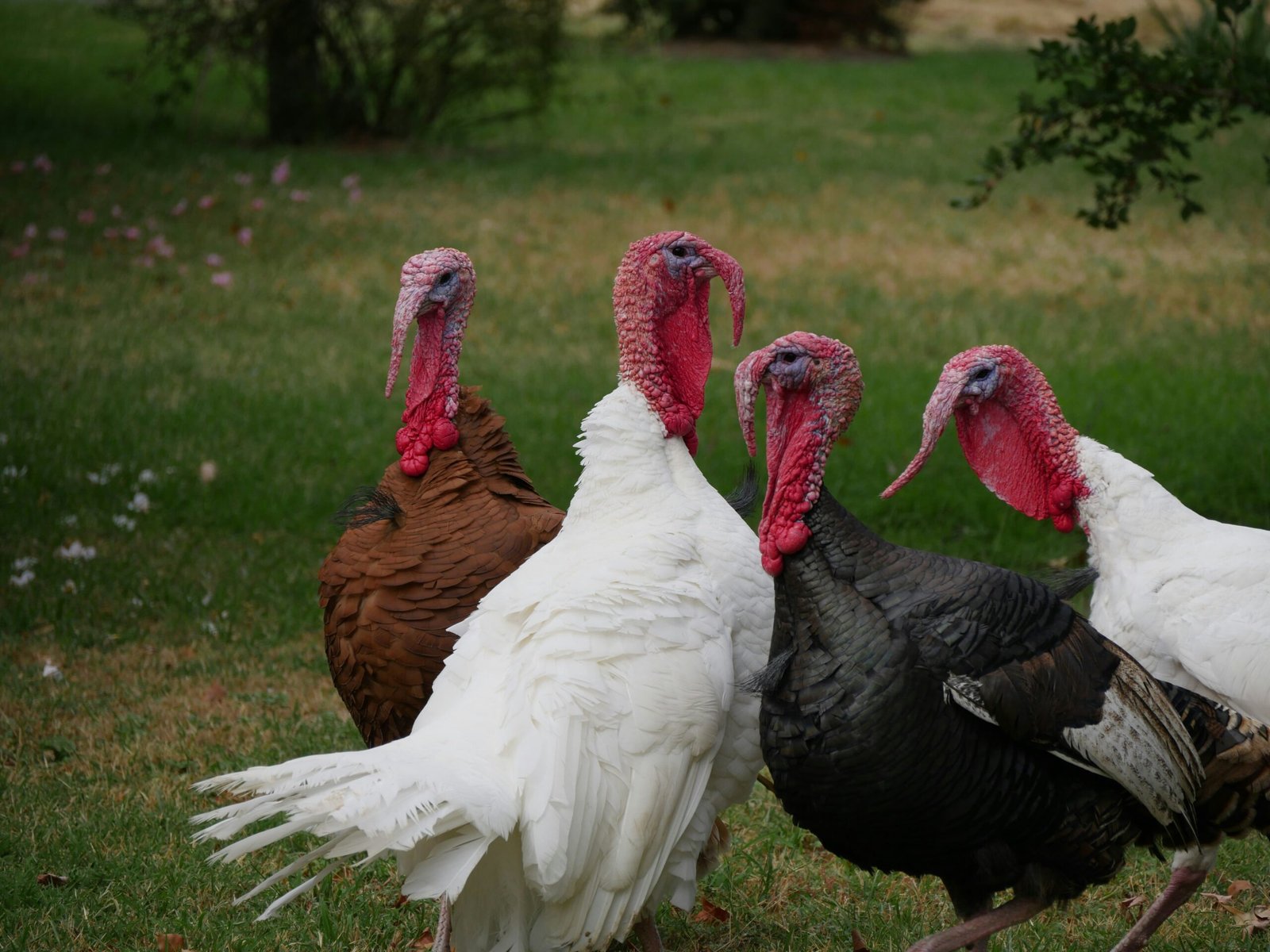Turkeyology: Exploring the Fascinating World of Turkeys

The Diversity and History of Turkeys
Turkeys are fascinating creatures that have a rich history and play a significant role in various cultures. They are native to North America and were domesticated by indigenous peoples thousands of years ago. Today, turkeys are widely consumed around the world and are popular during festive occasions like Thanksgiving.
There are several different species of turkeys, but the most well-known is the Meleagris gallopavo, commonly referred to as the Wild Turkey. This species has a distinctive appearance with its large, fan-shaped tail and colorful feathers. However, domesticated turkeys, also known as Broad-Breasted Whites, have been selectively bred for larger size and meat production.
The Life of a Turkey
Turkeys are social animals that live in flocks. In the wild, they roost in trees at night to protect themselves from predators. Male turkeys, known as toms or gobblers, are larger and more colorful than females, called hens. During the breeding season, toms display their feathers and perform elaborate courtship dances to attract mates.
Female turkeys lay eggs in nests on the ground, and they are responsible for incubating the eggs and caring for the young poults once they hatch. Turkeys are omnivorous, feeding on a variety of foods including seeds, fruits, insects, and small reptiles.
Turkeys and Thanksgiving
Turkeys have become synonymous with Thanksgiving, a holiday celebrated in the United States and Canada. The tradition of serving turkey during Thanksgiving can be traced back to the 17th century when English settlers arrived in North America. They were inspired by the abundance of wild turkeys and incorporated them into their harvest feast.
Today, roasted turkey is the centerpiece of many Thanksgiving dinners. It is often accompanied by stuffing, cranberry sauce, and other traditional side dishes. The pardoning of a turkey by the President of the United States has also become a popular tradition, symbolizing mercy and gratitude.
Fun Facts about Turkeys
- Wild turkeys can fly at speeds of up to 55 miles per hour.
- The fleshy growth on a turkey’s neck is called a wattle.
- Turkeys have excellent vision and can see in color.
- A group of turkeys is called a flock or rafter.
- Turkeys have been domesticated for over 2,000 years.
In Conclusion
Turkeys are remarkable birds that have captivated human interest for centuries. From their diverse species to their role in cultural celebrations, turkeys hold a special place in our hearts and on our dinner tables. Whether you’re enjoying a Thanksgiving feast or simply observing these majestic creatures in the wild, turkeyology offers a fascinating glimpse into their world.




